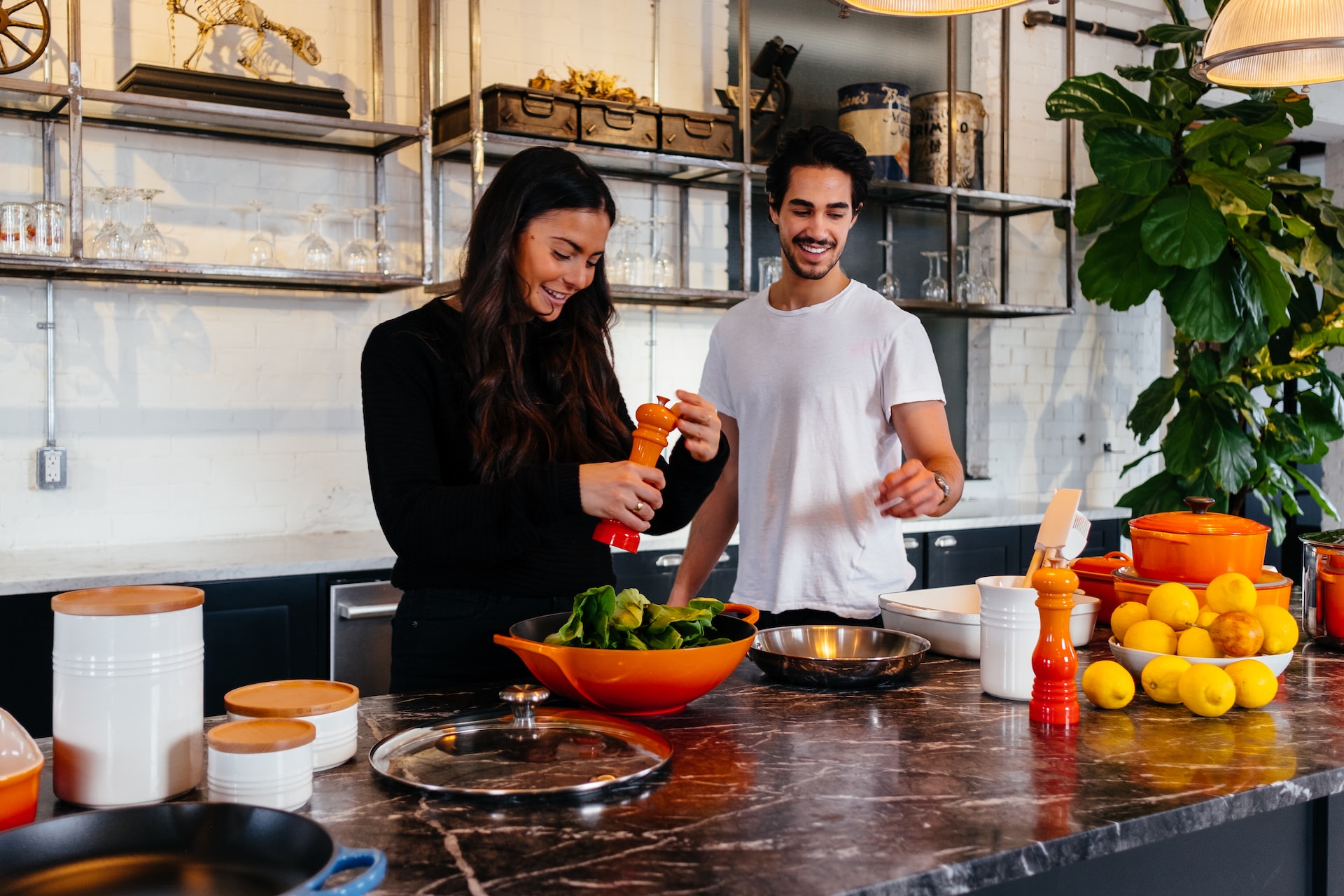The expansion of agriculture, commerce, trade, and transportation between civilizations in different regions offered cooks new ingredients.
Communication between the Old World and the New World influenced cooking.
The movement of foods across the Atlantic from the New World:
- potatoes
- tomatoes
- maize
- beans
- bell pepper
- chili pepper
- vanilla
- pumpkin
- cassava
- avocado
- peanut
- pecan
- cashew
- pineapple
- blueberry
- sunflower
- chocolate
- gourds
- squash
The movement of foods across the Atlantic from the Old World, such as cattle, sheep, pigs, wheat, oats, barley, rice, apples, pears, peas, chickpeas, green beans, mustard, and carrots, similarly changed New World cooking.
Health and safety

Some food spoilage bacteria such as Clostridium botulinum or Bacillus cereus can form spores that survive boiling, which then germinate and regrow after the food has cooled.
The sterilizing effect of cooking depends on temperature, cooking time, and technique used.
Scientific aspects

Cooking foods with heat depends on many factors — most significantly the difference in temperature between the two objects.
Thermal diffusivity is the combination of specific heat, conductivity and density that determines how long it will take for the food to reach a certain temperature.
Cooking Methods
There are very many methods of cooking, most of which have been known since antiquity. These include baking, roasting, frying, grilling, barbecuing, smoking, boiling, steaming and braising.
A more recent innovation is microwaving. Various methods use differing levels of heat and moisture and vary in cooking time. New inventions and technologies expanded cooking techniques.
The method chosen greatly affects the result because some foods are more appropriate to some methods than others.
